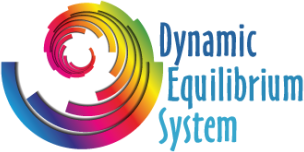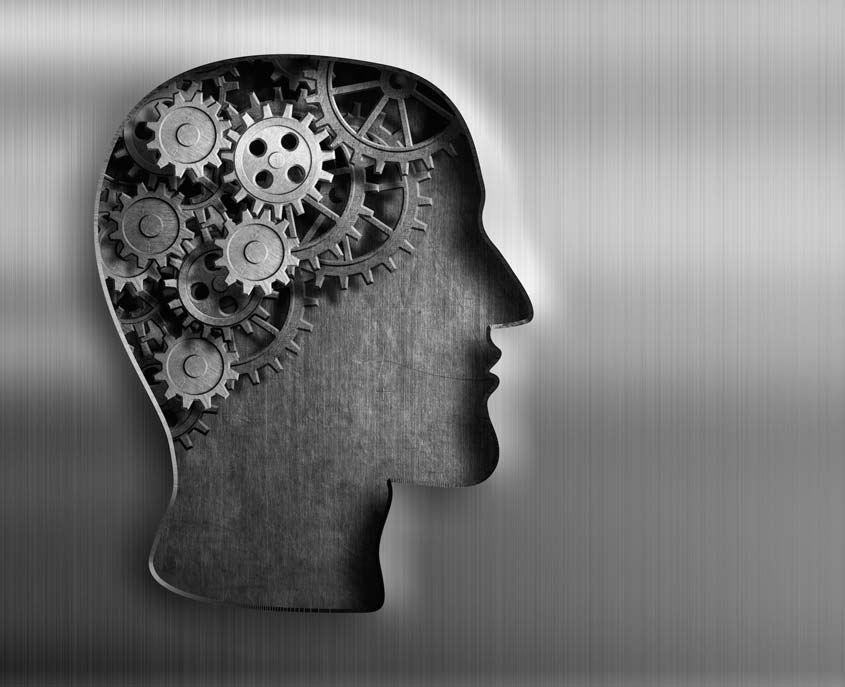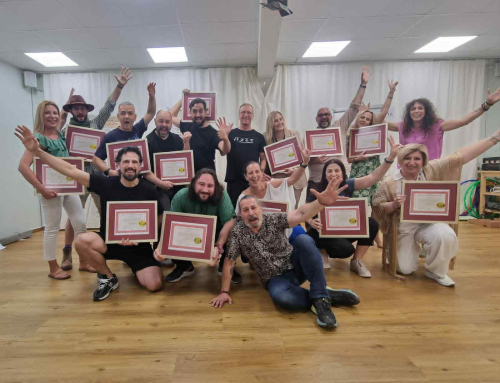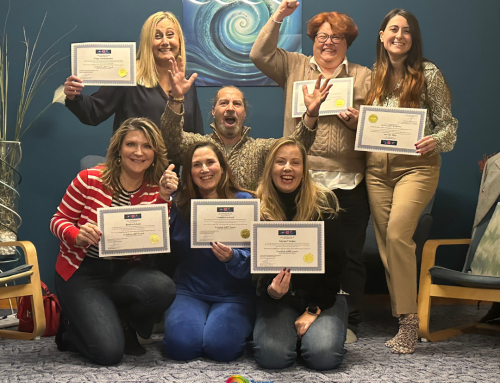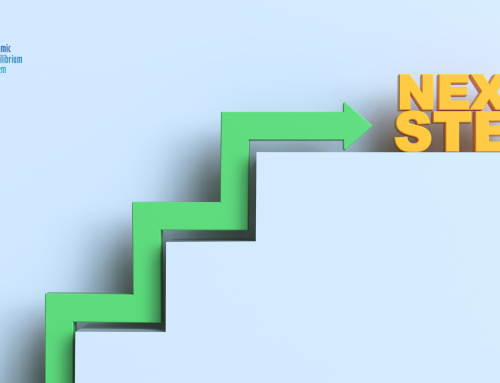When we want to go somewhere we have never been before we use a map. Map will depict specific characteristic spots of an area such known buildings, squares etc. Furthermore, will provide for us information on how all these squares, buildings, monuments etc. are interrelated one with the other and with our final destination. Conclusively, we use maps to guide us to where we want to go and how we’ll reach our destination.
Some info about maps:
- The map gives us a specific view of an area. There are general maps, maps with monuments, as well and more specific maps such as those that provide detailed characteristics e.g. geomorphological maps or climate maps.
- Maps are created for a wide variety of reasons, sometimes reasons that are not known.
- Maps function using coding of images and words.
- Maps create worlds but they do not copy them.
- In order to integrate its role, a map may have hidden characteristics in order to be easy to read.
Alike maps, architects create designs of absolute precision in order to build a construction, which consist the foundation, the model they are based on to build the construction.
Models and skills of human behaviour are like maps and architectural designs, namely they describe the elements, the repeated behaviours and the connotations related to a specific skill. But all descriptions are not identical, as maps are not identical. Useful is the map that provide for us the information we need to get to our destination. Alike a model of behaviour is useful when it helps us adopt to our own experiences and behaviours a skills that someone else has. The main question is “Is this suitable for me?”
As we know most of our skills and abilities are developed throughout our lifetime, as a result of education, knowledge and experience. Through trial and error, through education, through correction and empowerment, we have been taught how to use language, to understand incoherence and unethical behaviours in our social interactions or to behave unethically, to ride a bicycle, to solve an algebra exercise, to read, to work, to entertain or simply to tell a joke.
In any case we need to learn the different angles of perceptions, the thought patterns and the required behavioural responses in order a model to function effectively in a particular frame. The skill to make decisions operates with the recognition of repetead models. We see something we already know and follow instinctively that for which we have already created a mental map… nothing more.
Much of the knowledge we have gained may be stemming from our efforts to immitate people that have impressed us or have inspired us in some way or we are related to e.g. our mother, our father, our grandfather, our brother, our teacher, our neighbour or a character from a book or a movie.
Maybe consciously or subconsciously we have tried to imitate their facial expressions, their looks, their linguistic patterns or their behaviour. We have tried to say things using the exact same way the person we are imitating has used to say, do what he/she has done, read what he/she has read, to choose what he/she has chosen or replicate the way he/she has thought. Why should we create a typical modelling process to acquire skills?
The main reason is that the informal use of models/ patterns we all use is not something we have choose to do. Whatever we learn depends mostly from the vast information we receive and select independently of whether we like it or not, in the process of discovering ourselves.
Nicolaos Fragias, Interventionist
